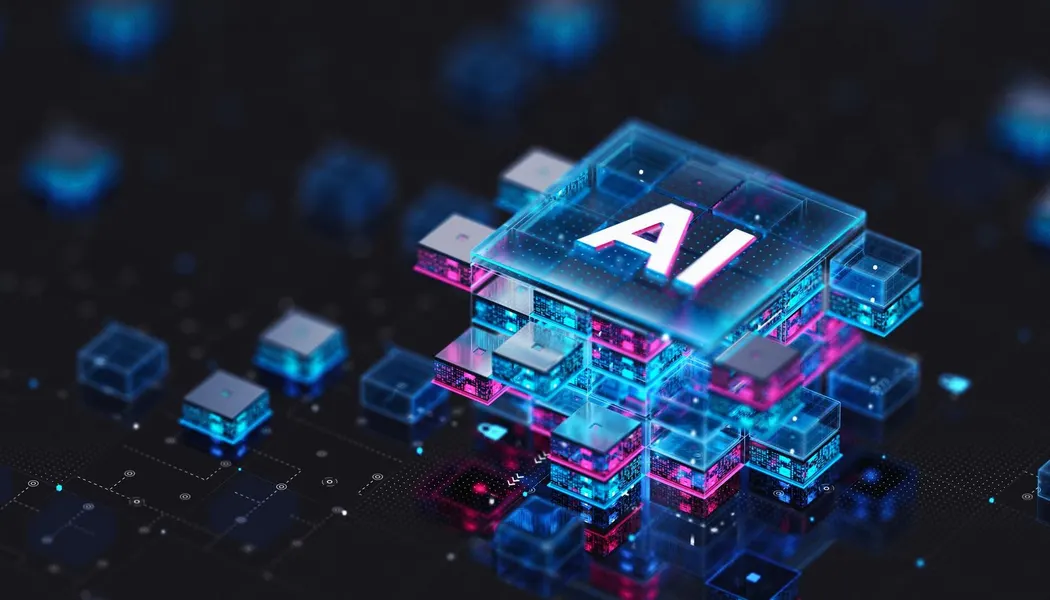The advent of advanced AI systems has reignited debates around creativity and innovation. With machines now composing music, writing poetry, designing products, and generating art that rivals human output, many wonder: Can AI genuinely innovate, or is it merely remixing human-created data? This exploration examines the nature of creativity, the capabilities and limitations of AI, and the evolving interplay between human and machine inventiveness.
Defining Creativity and Innovation
Creativity involves producing ideas or artifacts that are both novel and valuable. Innovation extends creativity by implementing these ideas in ways that generate tangible impact—whether technological breakthroughs, cultural works, or business solutions. Human creativity is underpinned by:
- Conscious intentionality, guided by purpose and emotion
- Cross-domain thinking, leveraging personal experiences, cultural contexts, and embodied cognition
- Intrinsic motivation, driven by curiosity, passion, and the desire for self-expression
How AI “Creates”
Modern AI models—particularly large language models (LLMs) and generative adversarial networks (GANs)—produce outputs by detecting and recombining patterns in vast datasets. Key mechanisms include:
- Statistical pattern matching: Predicting the next word, pixel, or note based on learned probabilities
- Latent space exploration: Navigating compressed representations to interpolate or extrapolate novel combinations
- Objective-driven training: Optimizing toward metrics like likelihood or discriminator feedback
While these methods yield impressive artifacts, AI lacks genuine intentionality; its “creativity” is emergent from algorithmic processes rather than conscious insight.
Evidence of Machine-Driven Novelty
Despite underlying differences, AI has demonstrated capacity for original-seeming innovations:
- Art and music: GANs like DALL·E and MuseNet produce novel images and compositions that blend genres in unexpected ways
- Scientific hypotheses: AI systems have proposed new chemical compounds and drug candidates by exploring molecular design spaces beyond human bias
- Product design: Generative design algorithms optimize structures—such as lightweight aerospace components—producing forms uninspired by human conventions
These achievements suggest that when guided by clear objectives and rich data, AI can surface ideas humans might not conceive independently.
Limitations of AI Creativity
However, fundamental differences remain:
- Lack of intentional context: AI cannot grasp social, cultural, or emotional subtleties underpinning truly transformative works
- Data dependence: Novelty is bounded by the scope and diversity of training data; AI struggles to transcend existing paradigms without human-curated inputs
- No self-driven purpose: Machines do not possess curiosity, aesthetic judgment, or values—attributes central to human artistic breakthroughs
Thus, AI excels at adjacent innovation—iterating within known domains—but flounders at radical innovation that requires paradigm shifts grounded in lived experience.
Synergy: Humans Guiding Machine Creativity
The most potent creative outcomes emerge from human–AI collaboration, combining algorithmic breadth with human intentionality:
- Co-creation workflows: Artists use AI as a creative partner, iterating on AI-generated drafts to infuse personal vision and emotional depth
- Interactive design tools: Engineers leverage generative design to explore hundreds of optimized prototypes, then apply domain expertise to select and refine solutions
- Ideation assistants: Writers and marketers employ AI to overcome “blank page” inertia, using suggestions as springboards for original narratives
In this symbiosis, AI amplifies human creativity by expanding the solution space, while humans direct and contextualize innovation.
Ethical and Societal Impacts
Machine-generated creativity also raises critical questions:
- Intellectual property: Who owns AI-generated works when human input is minimal?
- Cultural homogenization: Overreliance on AI templates may erode stylistic diversity and authenticity
- Job displacement: Creative professions face transformation as routine tasks become automated
Mitigating these risks requires robust policy frameworks, transparent AI governance, and educational initiatives that emphasize uniquely human skills—empathy, critical judgment, and ethical reasoning.
While AI systems convincingly emulate aspects of human creativity and can uncover novel combinations within existing paradigms, true innovation remains rooted in human consciousness, purpose, and cultural context. AI does not replace human creativity; rather, it serves as a powerful catalyst, enabling deeper exploration of ideas while leaving final intentionality and value judgments to people. The future of innovation lies in harnessing AI’s generative prowess alongside human imagination—producing breakthroughs neither could achieve alone.
